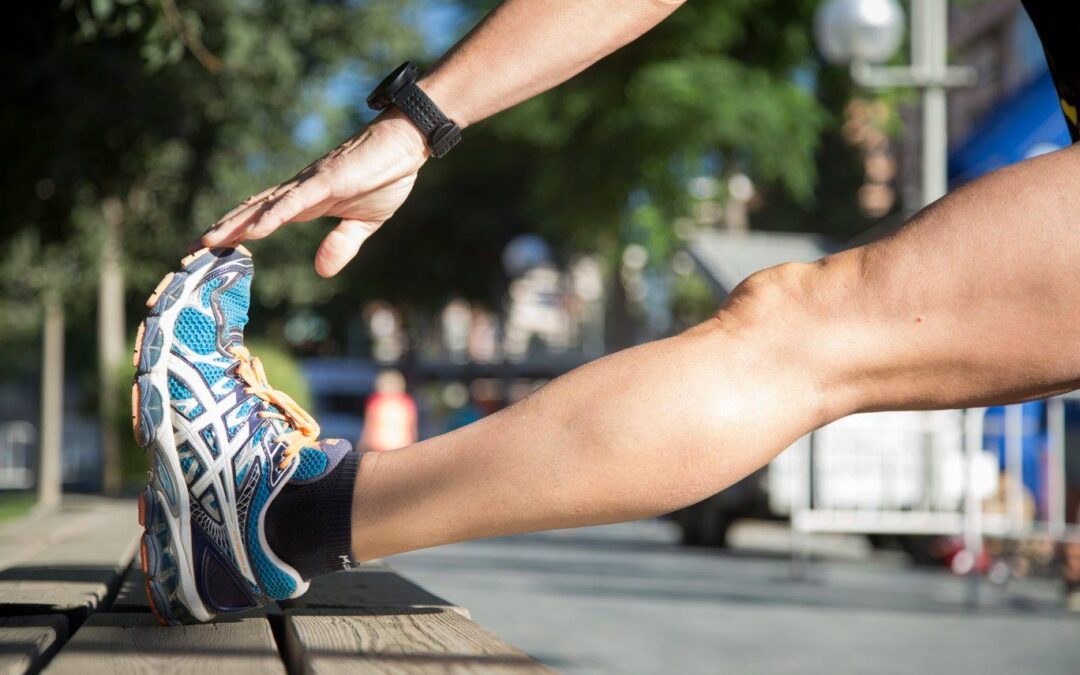- Strength training
- Balance and proprioception training
- Mobility
- Other things you need to consider to help minimise your risk of injury are; training load, running shoes, nutrition, sleep, ice/heat therapy, and regular sports massage.
Strength training
It’s important to have some sort of resistance or strength training in your routine. Running uses the same muscles over and over again, so you need to train opposing muscles to keep your body balanced. There are loads of exercises out there that are great to strengthen your running body, here are a few of our favourites that you can add to your routine:
- Side plank leg raises
- Marching bridge
- Mountain climbers
- Scorpion fighter
- Lunge matrix
Once you’ve built-up a sufficient amount of strength you can move on to plyometrics. However you want to be careful with this type of training, it’s recommended to have guidance from a professional to progress safely from low to high intensity levels.
Balance and propriception training
This type of training is very important for knee and ankle stability. A simple way to start is by standing on one leg and balancing for one minute, then close your eyes to change from balance to proprioception. To progress this (and to make it even more difficult!) you can add movement, a great option would be a single leg deadlift. Another brilliant way to train your balance and proprioception is by using a balance board. You’ll feel all the stabilising muscles in your legs and hips working to try and keep you upright… so get on that board and wobble away!
Mobility
We need a certain amount of mobility for good running form, the most important areas to keep mobile are the hips and ankles. To get good hip drive when running you need hip extension. When sitting down for long periods of time (which a lot of us have to do these days) the opposing muscles to your glutes will tighten-up, which are your hip flexors. Here are a selection of great mobility drills for your hip flexors:
Another area that often gets tight and restricted are your ankles. If you don’t have enough dorsiflexion (pulling your toes upwards towards your shins) then you’ll end up compensating higher up, which again will affect your running form and leave you more prone to injuries in the knees and hips. Here are a couple of simple but effective mobility drills to keep your ankles flexible:
For best results, try doing these mobility drills for at least two minutes in total, repeating a sequence of holding for five seconds then relaxing.
I hope you’ve found this article useful, if you have any questions please feel free to contact us.
Happy running!
